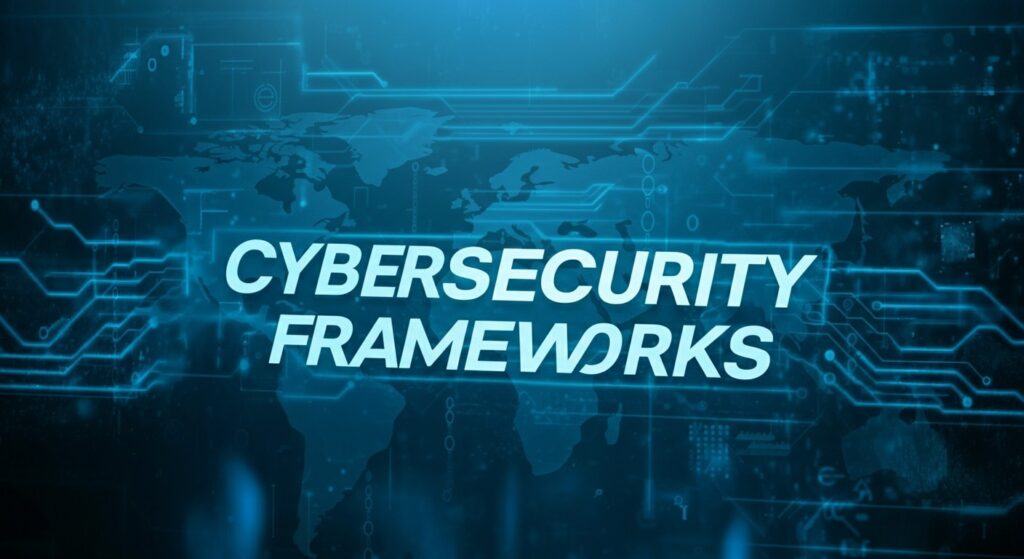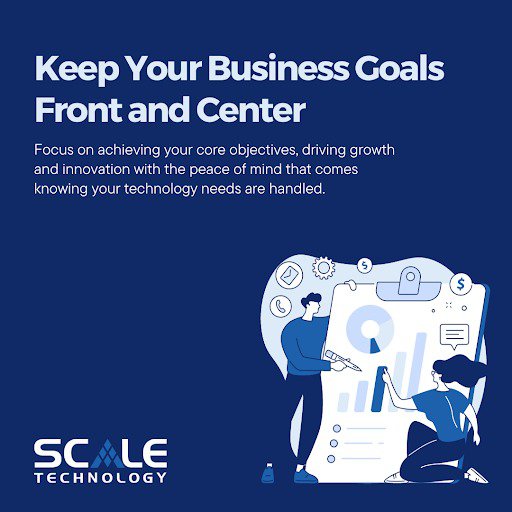According to Cloud Security Alliance (CSA), over 70 percent of the world’s businesses operate at least partially in the cloud. This isn’t surprising, given the many benefits of operating in the cloud, such as higher flexibility, lower fixed costs, increased collaboration, automatic software updates, and the ability to work remotely from anywhere with an internet connection.
Even so, security issues in cloud computing are serious and numerous enough that they merit consideration. A recent Cloud Security Spotlight Report found 90 percent of surveyed organizations to be “very” or “moderately” concerned about public cloud security. Thus, it’s clear that cloud security issues are important to a lot of people.
From hijacked accounts to full-scale data breaches, people want to know that their data—as a company or as a consumer—is safe. Let’s take a closer look at some of the most common security threats in cloud computing so that you can be better prepared for them.
The Basics: How Does Cloud Computing Work?
When you think about “the cloud” in terms of computing, you should think of it as a metaphor for the Internet. Think of the Internet as a virtual “space” that connects computers and users all across the world, forming a virtual net or “cloud” around it. The cloud shares resources, software, and information through networks via the Internet (or, in this case, an Internet connection).
Your information and data are stored on physical or virtual servers, which are, in turn, maintained and controlled by a cloud computing provider. These cloud computing providers offer their services as middlemen; essentially, they provide the enormous amount of power and space that is needed to store all the information in the cloud.
One of the best and most well-known cloud computing companies is Amazon and its AWS product. As an individual user, you can use it to access your information that has been stored in the “cloud” through an Internet connection—which means that you can reach it from just about anywhere, as long as that connection is present.
Top Security Issues in Cloud Computing
Now that we know a little bit more about what cloud computing is, let’s take a look at some of its potential weaknesses. There are several ways in which your online security can be breached. Here we will discuss the top three.
1. Data Breaches
While cloud computing is relatively new, data breaches have existed for years, in many different forms. The real question isn’t, “Is cloud computing safe?” The real question is, “Is sensitive data that is stored in the cloud (rather than on the premises) inherently less safe?”
According to a study by the Ponemon Institute, over 50 percent of IT and security professionals believe the security measures their organization takes to protect data on cloud services are “low.” To verify these beliefs, the study applied and evaluated nine data-breach scenarios within these organizations.
They found that overall, data breaches were three times as likely to occur in organizations that use the cloud versus those that store data fully on-premises. This seems to support the conclusion that the cloud comes with certain characteristics and functions that make it more vulnerable to attack—namely, that it is not a closed system.
Good cloud computing managed service providers can help you assess these vulnerabilities and weigh them against the benefits that come with working in the cloud. Remember, most vulnerabilities can be guarded against with the proper knowledge and security procedures.
2. Account Hijacking
Hijacking has become a more and more frequent threat as more organizations have joined the cloud. Hijackers have the ability to use your or your employees’ login information to remotely access your data stored in the cloud. Once they’re in, the attackers can manipulate, delete, or falsify information with the access those credentials provide.
Other hijacking methods can include scripting bugs and reused passwords, which allow the hijacker to steal credentials easily and without detection. You can protect against this kind of threat by making policies surrounding password creation for your employees. For example, you should be changing your passwords at least every 90 days, and they should be complex passwords containing uppercase letters, lowercase letters, special characters, and numbers. It’s also best if there are no recognizable words within the passwords.
Phishing, buffer overflow, and keylogging are also hijacking techniques that can give attackers easy access to your network. The newest threat is known as the “Man In the Cloud” attack, in which an attacker steals user tokens that cloud platforms use to verify individual devices and keep users from having to sign in during every update and sync. In cases like this, having more secure passwords alone may not be enough to protect your sensitive data, and you may need to resort to other means.
3. Malware Injection
Malware injections are scripts (code) embedded in cloud services that read as “valid instances” and run as SaaS (software as a service) to cloud servers. This means that malware injections can be made into cloud services to then be viewed as part of the software itself.
Once an injection is performed and the cloud starts working alongside it (because it thinks the malicious code is valid software), attackers can eavesdrop, manipulate or compromise data, or steal it outright. Even the best cloud computing service is open to malware injections that take advantage of the software’s intrinsic weaknesses and openings.
This is one of the reasons that keeping up with software updates is so important. Updates usually include patches and other security code that can help defend against attacks of this nature, often making the difference in protecting your most important data.
Cloud Computing in Healthcare
Organizations of every kind are making the move to online data storage via cloud computing. As such, they must each assess the risks of this type of storage for their most sensitive information.
Healthcare practices and companies have to be especially careful with their data because it contains sensitive patient PHI (protected health information). A security breach in a medical practice isn’t just a PR nightmare—it also exposes your practice to HIPAA violations and fines. Knowing the strengths and weaknesses of your network can help you to determine if cloud computing really is the best storage solution for your practice.
How Scale Can Help
The best cloud computing service providers are the ones who will physically examine and assess your network and its vulnerabilities before suggesting any policy changes or migrations to the cloud. At Scale Technology, we’ll do just that.
If you’re concerned about the security issues in cloud computing for your clinic or healthcare practice, contact Scale Technology today. We’re happy to provide you with a complimentary network assessment and give you our professional opinion. Let us help you get the most out of your cloud computing experience!



